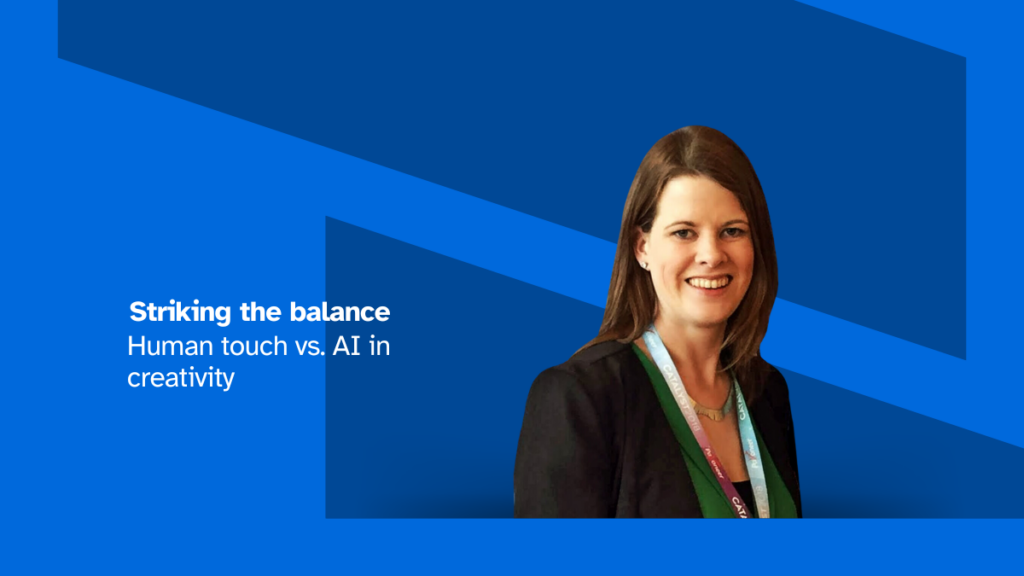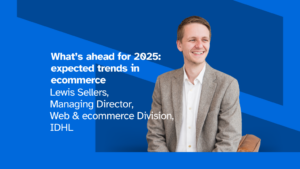By Laura Lane, Head of Marketing, Northern Europe at HubSpot
The creative industry has seen one of the biggest increases in new AI tools, and reactions to the technology have varied from threatening to welcoming. With OpenAI launching GPT-4o, the industry is not just adopting, but celebrating the advent of more sophisticated versions of generative AI, embracing these tools as catalysts for creativity and innovation. The rise of AI is an exciting time for creators to experiment with new tools and spark innovation, however, it has also made some anxious that it infringes upon human creativity and impacts their job security–but are their concerns legitimate?
According to HubSpot’s ‘State of Artificial Intelligence’ survey, 62% of leaders have already invested in AI for their employees to use, and while 41% of professionals are concerned about AI taking over their jobs, many see it as an opportunity to enhance their roles rather than replace them.
However, the technology sector is facing a noticeable skill shortage in the face of new developments. Contrary to popular belief, we have in fact seen that entry-level creatives are being offered new opportunities as a result of this. Businesses are increasingly seeking individuals with new AI skills, presenting an opportunity for these professionals to gain a competitive edge and lead the creative industry in adopting AI. In fact, 66% of business leaders have already hired a new employee specifically to help with leveraging and implementing AI, and this number is only bound to increase.
Personalisation reigns supreme
AI’s integration into the creative industry is proving to be a boon, enhancing the creative process rather than merely serving as a mechanical aide. As GenAI fosters innovation and boosts efficiency, it also supports the industry’s core mission: understanding human behaviour and connecting emotionally with audiences. This results in more meaningful and relatable creative outputs. In today’s world, brimming with instantly accessible content, AI empowers creatives by handling the more mundane aspects of content generation, allowing them to focus on crafting deep, meaningful connections with brands.
Content creation is a subjective field that thrives on the unique perspectives and critical thinking of human minds. AI significantly enhances this process by efficiently managing repetitive tasks, thereby freeing up creatives to excel in what they do best – innovate and inspire.
Embrace the evolution
That being said, with the changing landscape comes the need for businesses and professionals to evolve with it. According to the ‘A Guide to Accelerating Business Efficiency in 2024’ report, marketers who use AI are 95% more likely to say their marketing strategy was effective compared to those who don’t. Therefore, those who do not embrace AI to boost strategy and streamline work processes will fall behind competitors and miss out on opportunities the technology brings.
While the human touch is indispensable in creativity, AI has the potential to automate tasks like processing vast amounts of data that can enhance the creative decision-making process. It can analyse patterns, trends, and user preferences to inform creative strategies and optimise outcomes.
Four in five marketers say AI helps them spend less time on manual tasks and enables them to allocate more time to the creative aspects of their role like ideation and experimentation, by taking care of time-consuming tasks like data analysis.
Limitation in innovation
While AI generates new opportunities for creativity, the real magic happens when these tools are used to complement human ingenuity. By blending AI-generated drafts with human insights, content becomes enriched with a wider array of perspectives and better aligned with the cultural and social nuances of the target audience. This synergy not only preserves but enhances the originality and personal connection that define standout creative work.
Another evolving dialogue in the industry focuses on the potential for bias in AI algorithms. While it’s true that AI systems are trained on historical data, this challenge also presents an opportunity for creativity and innovation in programming. By actively collaborating with AI experts, creative professionals have the chance to influence and refine AI development, aligning technology with contemporary values and promoting diversity and inclusivity. By ensuring a diverse range of inputs in AI training data, companies are actively working to mitigate biases and foster a culture of inclusivity.
To strike the right balance between human touch and AI assistance, businesses can build trust within creatives to view AI as a partner that complements their abilities rather than substituting them. We can see a heightened need to shift the lens and focus on seeing AI as a catalyst instead of an inhibitor to keep the audience engaged and entertained. Combining AI’s analytical and automation capabilities with human vision can develop impactful marketing strategies that connect with the already hyperconnected Gen Z and Millennial consumer bases.








